Home>Others>Eco-Friendly Products>How To Start An Indoor Compost Bin
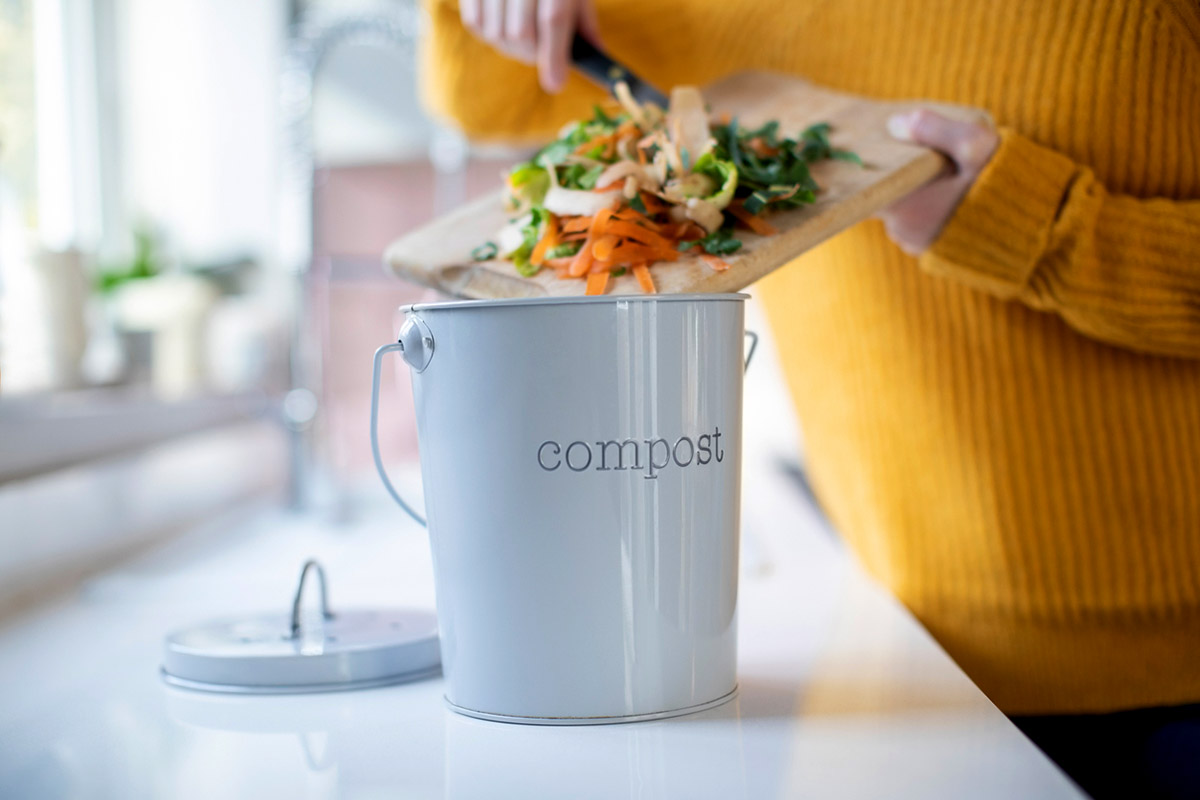

Eco-Friendly Products
How To Start An Indoor Compost Bin
Modified: January 14, 2024
Learn how to start an indoor compost bin and reduce waste with eco-friendly products. Discover easy steps to create nutrient-rich soil for your plants.
(Many of the links in this article redirect to a specific reviewed product. Your purchase of these products through affiliate links helps to generate commission for Storables.com, at no extra cost. Learn more)
Introduction
Welcome to the world of indoor composting! If you're passionate about sustainability and reducing your environmental footprint, starting an indoor compost bin is a fantastic way to actively contribute to a healthier planet. Whether you reside in a bustling city apartment or a cozy suburban home, indoor composting offers a convenient and eco-friendly solution for managing organic waste.
In this comprehensive guide, we'll delve into the exciting realm of indoor composting, equipping you with the knowledge and confidence to embark on this enriching journey. From selecting the perfect container to troubleshooting common issues, we'll cover every aspect of creating and maintaining a thriving indoor compost bin. By the end of this adventure, you'll be poised to transform your food scraps and organic materials into nutrient-rich compost, ready to nourish your indoor plants or be added to your outdoor garden.
Indoor composting isn't just about diverting waste from landfills; it's an opportunity to witness the remarkable process of decomposition and actively participate in the cycle of sustainability. As you embark on this endeavor, you'll gain a deeper appreciation for the interconnectedness of nature and the transformative power of composting. Get ready to embark on a rewarding journey that not only benefits the environment but also enriches your understanding of the natural world.
So, roll up your sleeves, grab your gardening gloves, and let's dive into the wonderful world of indoor composting! Whether you're a seasoned environmental enthusiast or a curious beginner, this guide will empower you to embrace the art of composting within the comfort of your own home. Let's embark on this enriching adventure together!
Key Takeaways:
- Embrace indoor composting to reduce waste, nourish plants, and learn about nature. It’s a rewarding, eco-friendly journey that benefits your home and the environment.
- Choose the right container, maintain your compost, and troubleshoot common issues for a successful indoor composting experience. Enjoy the sustainable rewards!
Read more: How Do You Start A Compost Bin
Benefits of Indoor Composting
Indoor composting offers a myriad of benefits, making it an attractive and rewarding practice for eco-conscious individuals. Let’s explore the numerous advantages of embracing indoor composting:
- Reducing Organic Waste: By composting food scraps and organic materials indoors, you significantly reduce the amount of waste that ends up in landfills. This proactive approach minimizes the production of harmful greenhouse gases, contributing to a healthier environment.
- Nutrient-Rich Compost: Indoor composting yields nutrient-rich compost that can be used to nourish indoor plants, creating a sustainable and cost-effective alternative to store-bought fertilizers. This natural fertilizer enhances soil quality and promotes robust plant growth.
- Environmental Impact: Engaging in indoor composting aligns with sustainable living practices, reducing the overall environmental impact of organic waste disposal. By diverting organic matter from landfills, you actively participate in the conservation of natural resources and the preservation of ecosystems.
- Convenience and Accessibility: Indoor composting offers a convenient solution for individuals living in urban environments or apartments where outdoor composting may not be feasible. It provides an accessible avenue for embracing sustainable habits and actively participating in waste reduction efforts.
- Educational Opportunity: Indoor composting presents an educational opportunity for individuals and families to learn about the natural process of decomposition and the interconnectedness of ecosystems. It fosters a deeper understanding of environmental stewardship and the importance of sustainable practices.
- Reduced Carbon Footprint: By composting organic waste indoors, you contribute to the reduction of methane emissions from landfills, thereby lowering your carbon footprint. This proactive step supports climate action and environmental conservation efforts.
Embracing indoor composting not only benefits the environment but also enriches your daily life, fostering a deeper connection to nature and sustainable living. From reducing waste to nurturing plant growth, the advantages of indoor composting extend far beyond the confines of your home, positively impacting the world around you.
As we journey through the world of indoor composting, these benefits will serve as constant reminders of the positive impact of your efforts. Let’s continue our exploration and uncover the essential steps to embark on this fulfilling composting adventure.
Choosing the Right Container
When it comes to indoor composting, selecting the right container is a crucial first step in establishing a successful composting system. The ideal container should effectively manage moisture and odors while seamlessly integrating into your living space. Let’s explore the key considerations for choosing the perfect container for your indoor composting endeavors:
- Size and Capacity: Assess the amount of organic waste generated in your household to determine the appropriate size of the composting container. Consider the available space in your kitchen or designated composting area to ensure that the container fits comfortably within your living environment.
- Airtight Design: Opt for a container with a secure, airtight lid to contain odors and prevent fruit flies or other pests from infiltrating the composting materials. A well-sealed container helps maintain a pleasant indoor environment while facilitating the decomposition process.
- Drainage and Ventilation: Look for a container with adequate ventilation and drainage to regulate moisture levels within the compost. Proper airflow and drainage prevent the compost from becoming overly wet, promoting optimal decomposition and minimizing the risk of unpleasant odors.
- Functional and Stylish: Consider a container that blends functionality with aesthetic appeal, complementing your home decor while serving as a practical composting solution. Many containers feature sleek designs and color options to seamlessly integrate into modern living spaces.
- Modular or Stackable Options: Explore modular or stackable composting containers that accommodate the addition of new composting layers. These versatile designs allow for easy maintenance and expansion of your composting system as organic waste accumulates.
- Material Durability: Choose a container made from durable, easy-to-clean materials such as BPA-free plastic, stainless steel, or ceramic. Selecting a sturdy and resilient container ensures long-term usability and simplifies the cleaning process between compost batches.
By carefully considering these factors, you can select a container that aligns with your lifestyle and indoor composting goals. Whether you prioritize space efficiency, odor control, or visual appeal, the right container will lay the foundation for a seamless and rewarding indoor composting experience.
As we venture further into the world of indoor composting, your thoughtfully chosen container will serve as the cornerstone of your composting journey. Now, let’s proceed to the essential steps for setting up your indoor compost bin and initiating the enriching process of composting within your home.
Setting Up Your Indoor Compost Bin
Embarking on the journey of indoor composting involves setting up a well-organized and efficient compost bin within your living space. By following these essential steps, you can establish a functional and sustainable indoor composting system:
- Choose a Suitable Location: Select a well-ventilated and easily accessible location for your compost bin. Consider placing it in the kitchen, pantry, or another convenient area where food scraps are generated, ensuring that it’s within reach for daily composting activities.
- Prepare the Container: If your chosen composting container does not come with aeration holes, consider drilling small holes in the lid and sides to facilitate airflow. Proper ventilation is essential for the decomposition process and odor control.
- Layer the Bottom: Begin by adding a layer of brown materials, such as shredded newspaper or dried leaves, to the bottom of the compost bin. This foundational layer aids in moisture absorption and provides a carbon-rich base for the composting process.
- Add Composting Materials: Start adding kitchen scraps, including fruit and vegetable peels, coffee grounds, and eggshells, to the compost bin. Balance the organic waste with an equal amount of brown materials, such as shredded paper or cardboard, to maintain an optimal carbon-to-nitrogen ratio for decomposition.
- Monitor Moisture Levels: Regularly assess the moisture content of the composting materials. The compost should be damp, similar to a wrung-out sponge, to support microbial activity and decomposition. Adjust the moisture levels by adding dry materials or spritzing with water as needed.
- Turn and Mix the Compost: Periodically aerate the compost by gently turning and mixing the materials with a composting tool or a long-handled spoon. This promotes even decomposition and prevents the formation of anaerobic pockets within the compost bin.
- Maintain Odor Control: To minimize odors, layer food scraps with a thin covering of brown materials and avoid adding pungent or oily foods. Additionally, regularly aerating the compost and ensuring proper ventilation contribute to odor management.
- Monitor and Adjust: Keep a watchful eye on the composting process, adjusting the carbon-to-nitrogen ratio as needed and addressing any issues such as excessive moisture or persistent odors. With attentive monitoring, you can fine-tune the composting environment for optimal results.
By following these steps, you can establish a well-organized and efficient indoor compost bin, kickstarting the transformative process of turning organic waste into nutrient-rich compost. As you immerse yourself in the art of indoor composting, these foundational steps will set the stage for a rewarding and sustainable composting experience.
Now that your indoor compost bin is primed and ready, let’s explore the diverse range of materials that can be composted, empowering you to maximize the potential of your indoor composting efforts.
What to Compost
Composting indoors presents a versatile opportunity to transform a wide array of organic materials into nutrient-rich compost. By understanding the diverse range of materials suitable for composting, you can effectively divert organic waste from landfills while nurturing the growth of healthy plants. Let’s explore the various materials that can be composted in your indoor compost bin:
- Fruit and Vegetable Scraps: Kitchen scraps such as fruit and vegetable peels, cores, and seeds are excellent additions to your indoor compost bin. These nutrient-rich scraps contribute valuable organic matter to the composting process.
- Coffee Grounds and Filters: Used coffee grounds and filters are ideal composting materials, providing nitrogen-rich components that enhance microbial activity and contribute to the overall nutrient content of the compost.
- Eggshells: Crushed eggshells introduce calcium to the compost, supporting soil pH balance and providing essential nutrients for plant growth. Rinse the eggshells and allow them to dry before adding them to the compost bin.
- Shredded Paper and Cardboard: Unwanted paper products, such as shredded office paper and cardboard packaging, serve as valuable sources of carbon in the composting process. These materials enhance aeration and moisture retention within the compost bin.
- Tea Bags and Leaves: Used tea bags and tea leaves can be composted, contributing to the organic matter and aiding in moisture regulation within the compost bin. Ensure that the tea bags are free of synthetic materials and staples.
- Herb Trimmings and Plant Waste: Trimmings from herbs, houseplants, and garden foliage can be added to the compost bin, enriching the compost with diverse organic matter and promoting a healthy microbial ecosystem.
- Stale Bread and Cereal: Small amounts of stale bread, crackers, and cereal can be composted, providing additional carbon sources for the decomposition process. Break these items into smaller pieces for faster breakdown.
- Natural Fibers and Lint: Lint from natural fiber clothing and small amounts of natural fibers, such as wool or cotton, can be added to the compost bin. These materials contribute to the carbon content of the compost.
By incorporating these diverse materials into your indoor compost bin, you can create a balanced and nutrient-rich environment for the decomposition process. It’s important to maintain a harmonious mix of nitrogen-rich (green) and carbon-rich (brown) materials to facilitate efficient composting and minimize odors.
As you embrace the art of indoor composting, you’ll discover the transformative power of these everyday materials, witnessing their journey from discarded scraps to valuable compost that nourishes the natural world. Now, let’s delve into the essential practices for maintaining your indoor compost bin and ensuring its continued success as a sustainable composting system.
Start with a small bin, layering brown (like paper) and green (like food scraps) materials. Keep it moist and turn it regularly to aerate. Avoid meat and dairy.
Read more: How To Start A Compost Bin In An Apartment
Maintaining Your Indoor Compost Bin
Effective maintenance is essential for sustaining a thriving indoor compost bin and fostering the optimal conditions for the decomposition process. By implementing these key practices, you can ensure the longevity and productivity of your indoor composting system:
- Regular Monitoring: Keep a watchful eye on the compost bin, observing the moisture levels, temperature, and decomposition progress. Regular monitoring allows you to address any issues promptly and maintain a healthy composting environment.
- Adjusting the Carbon-to-Nitrogen Ratio: Maintain a balanced mix of green (nitrogen-rich) and brown (carbon-rich) materials in the compost bin. If the compost appears too wet or emits strong odors, add additional brown materials to restore the equilibrium.
- Aerating the Compost: Regularly aerate the compost by gently turning and mixing the materials. This promotes airflow, prevents compaction, and facilitates the breakdown of organic matter, ensuring consistent decomposition throughout the bin.
- Managing Moisture Levels: Assess the moisture content of the compost regularly. If the compost is overly dry, lightly mist it with water. Conversely, if it’s excessively wet, incorporate additional brown materials to absorb the excess moisture.
- Odor Control: Layer food scraps with brown materials and avoid adding pungent or oily foods to minimize odors. Proper aeration and maintaining the carbon-to-nitrogen balance also contribute to effective odor control within the compost bin.
- Harvesting Compost: As the materials in the compost bin break down, the compost will gradually mature and become ready for use. Harvest the finished compost by removing the nutrient-rich material from the bottom of the bin, leaving any unfinished materials to continue decomposing.
- Cleaning the Compost Bin: Periodically clean the compost bin to prevent the buildup of residue and maintain a hygienic environment. Use a mild soap solution to wash the interior and exterior of the container, ensuring it’s thoroughly dry before resuming composting activities.
- Utilizing the Compost: Apply the nutrient-rich compost to indoor plants, potted herbs, or outdoor garden beds to enrich the soil and promote healthy plant growth. The compost serves as a valuable and sustainable alternative to store-bought fertilizers.
By incorporating these maintenance practices into your indoor composting routine, you can establish a harmonious and productive composting system that yields nutrient-rich compost while minimizing potential issues such as odors and excessive moisture. Embracing the art of maintenance ensures that your indoor compost bin remains a sustainable and rewarding addition to your home.
As we continue our exploration, we’ll address common issues that may arise during indoor composting and equip you with effective troubleshooting strategies to overcome these challenges. Let’s delve into the essential knowledge needed to navigate potential obstacles and maintain the success of your indoor composting endeavors.
Troubleshooting Common Issues
While indoor composting is a rewarding and sustainable practice, it’s common to encounter occasional challenges that require thoughtful solutions. By familiarizing yourself with these common issues and implementing effective troubleshooting strategies, you can maintain a healthy and productive composting system. Let’s address several common challenges and explore practical solutions:
- Excessive Moisture: If the compost appears overly wet and emits a foul odor, introduce additional brown materials such as shredded paper, cardboard, or dried leaves to absorb the excess moisture. Ensure proper aeration and consider adjusting the placement of the compost bin to improve ventilation.
- Unpleasant Odors: Persistent odors in the compost bin may indicate imbalanced carbon-to-nitrogen ratios or inadequate aeration. Layer food scraps with ample brown materials, aerate the compost regularly, and consider incorporating natural odor-absorbing agents such as baking soda or charcoal to neutralize odors.
- Fruit Flies or Pests: To deter fruit flies and other pests, ensure that the compost bin is securely sealed and free of any potential entry points. Avoid adding oily or pungent foods, and maintain a balanced composting environment to discourage pest infestations.
- Slow Decomposition: If the composting process appears sluggish, assess the carbon-to-nitrogen balance within the bin. Incorporate additional nitrogen-rich materials such as fruit and vegetable scraps to stimulate microbial activity and accelerate decomposition. Ensure proper aeration to promote efficient breakdown of organic matter.
- Unbalanced Carbon-to-Nitrogen Ratio: An imbalanced carbon-to-nitrogen ratio can hinder the composting process. If the compost appears slimy and emits an ammonia-like odor, introduce more brown materials to restore the equilibrium and create an optimal environment for decomposition.
- Unwanted Materials: Certain materials, such as dairy products, meat, and pet waste, are unsuitable for indoor composting. If these items find their way into the compost bin, remove them promptly to prevent potential issues such as odors and pest attraction.
- Excessive Dryness: If the compost appears excessively dry and lacks microbial activity, lightly mist the materials with water to restore moisture levels. Incorporate additional green materials to introduce nitrogen and promote the decomposition process.
By proactively addressing these common issues and implementing targeted solutions, you can overcome challenges and maintain a thriving indoor composting system. Troubleshooting effectively ensures that your composting endeavors remain rewarding, sustainable, and conducive to the transformation of organic waste into valuable compost.
As we navigate the world of indoor composting, equipping yourself with the knowledge to troubleshoot common issues empowers you to embrace the art of composting with confidence and resilience. Now, let’s explore the enriching possibilities of utilizing the nutrient-rich compost produced within your indoor compost bin.
Using Your Compost
After diligently nurturing your indoor compost bin and witnessing the remarkable transformation of organic waste into nutrient-rich compost, the time has come to reap the rewards of your sustainable efforts. Utilizing the compost in various applications offers a fulfilling and eco-conscious approach to enhancing plant growth and soil vitality. Let’s explore the diverse ways in which you can use the nutrient-rich compost produced within your indoor compost bin:
- Indoor Plant Nourishment: Apply the compost to potted indoor plants, herbs, and houseplants to enrich the soil and provide essential nutrients for robust growth. Mix the compost into the topsoil or use it as a top dressing to promote healthy foliage and vibrant blooms.
- Outdoor Garden Beds: Enhance the fertility of your outdoor garden beds by incorporating the compost into the soil. Spread a layer of compost over the planting area and gently work it into the soil to improve its structure, moisture retention, and nutrient content.
- Container Gardening: When planting in outdoor containers or raised beds, blend the compost with potting soil to create a nutrient-dense growing medium. The compost enriches the soil, fostering optimal conditions for the healthy development of flowers, vegetables, and herbs.
- Seed Starting Mix: Create a nutrient-rich seed starting mix by combining the compost with vermiculite, perlite, and peat moss. This custom blend provides young seedlings with a nourishing environment for strong root development and vigorous growth.
- Compost Tea: Brew compost tea by steeping a portion of the compost in water to create a nutrient-infused liquid fertilizer. Use the compost tea to water plants and provide them with a concentrated source of organic nutrients.
- Lawn Enrichment: Spread a thin layer of compost over your lawn to enhance soil health and stimulate the growth of lush, green grass. The compost improves soil structure and encourages microbial activity, contributing to a vibrant and resilient lawn.
- Organic Mulching: Utilize the compost as an organic mulch to insulate the soil, suppress weed growth, and conserve moisture. Apply a layer of compost around the base of plants and shrubs to create a protective and nourishing mulch layer.
By incorporating the nutrient-rich compost into your indoor and outdoor plant care routines, you actively contribute to the sustainability and vitality of your living environment. The compost serves as a valuable and eco-friendly resource that nurtures plant growth, supports soil health, and reduces the reliance on synthetic fertilizers.
As you utilize the compost in various applications, you’ll witness the tangible impact of your indoor composting efforts, fostering a deeper connection to the natural world and the regenerative potential of organic waste. Now, as we conclude our exploration, let’s reflect on the enriching journey of indoor composting and the enduring benefits it brings to your home and the environment.
Conclusion
Congratulations on embarking on the enriching journey of indoor composting! Through your dedication to sustainability and environmental stewardship, you’ve transformed organic waste into nutrient-rich compost, fostering a more harmonious relationship with the natural world. As we conclude our exploration, let’s reflect on the enduring benefits and the profound impact of indoor composting on your home and the environment.
By embracing indoor composting, you’ve actively contributed to:
- Waste Reduction: Diverting organic waste from landfills and minimizing the production of harmful greenhouse gases, reducing your environmental footprint.
- Plant Nourishment: Providing indoor and outdoor plants with a sustainable and nutrient-dense source of organic matter, promoting vibrant growth and vitality.
- Sustainable Living: Embracing a practice that aligns with sustainable living principles, fostering a deeper connection to the natural world and the regenerative power of composting.
- Environmental Education: Engaging in an educational journey that highlights the transformative process of decomposition and the interconnectedness of ecosystems, promoting environmental awareness and responsibility.
As you continue your indoor composting endeavors, remember that your commitment to sustainable practices has a far-reaching impact, contributing to a healthier planet and inspiring others to embrace eco-friendly initiatives. Your indoor compost bin serves as a testament to the transformative potential of everyday actions, demonstrating the profound influence of sustainable choices on the world around us.
As you utilize the nutrient-rich compost to nourish your plants and enrich the soil, you’ll witness the tangible results of your composting efforts, fostering a thriving and sustainable living environment. Your dedication to indoor composting embodies the spirit of environmental stewardship, demonstrating the profound impact of individual actions in creating a more sustainable and regenerative world.
So, as you tend to your indoor plants, garden beds, and living spaces enriched by the compost, take pride in knowing that your commitment to indoor composting has contributed to a greener, more vibrant world. Your journey is a testament to the transformative power of sustainable practices and the enduring legacy of environmental responsibility.
Thank you for embracing the art of indoor composting and for your dedication to sustainability. As you continue to nurture your indoor compost bin and witness the flourishing impact of your efforts, remember that every composting endeavor is a step toward a more sustainable and harmonious future for generations to come.
Happy composting, and may your sustainable journey continue to inspire and enrich the world around you!
Frequently Asked Questions about How To Start An Indoor Compost Bin
Was this page helpful?
At Storables.com, we guarantee accurate and reliable information. Our content, validated by Expert Board Contributors, is crafted following stringent Editorial Policies. We're committed to providing you with well-researched, expert-backed insights for all your informational needs.
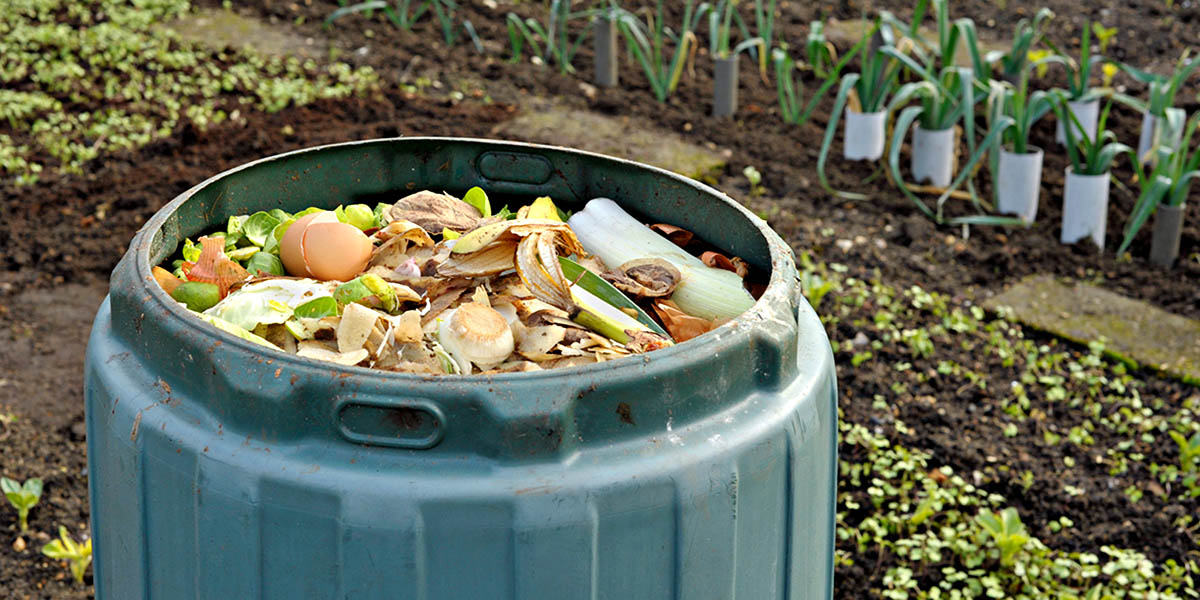
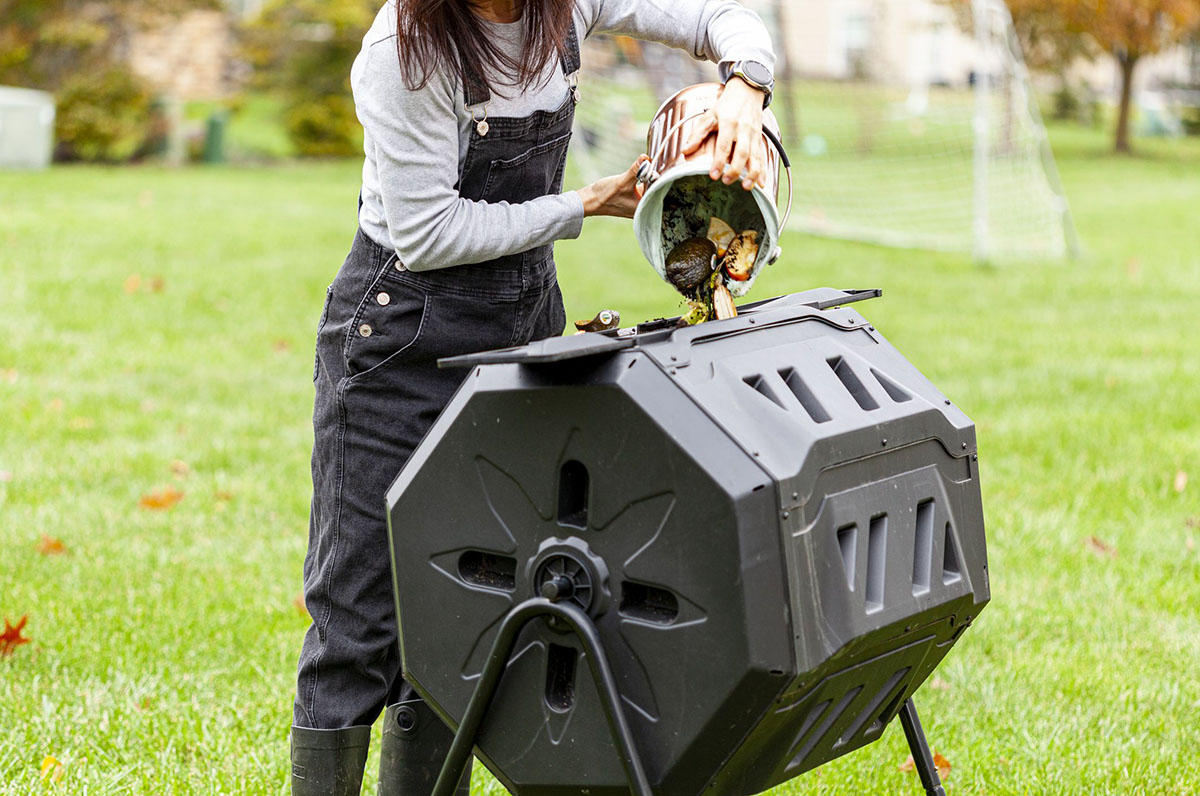
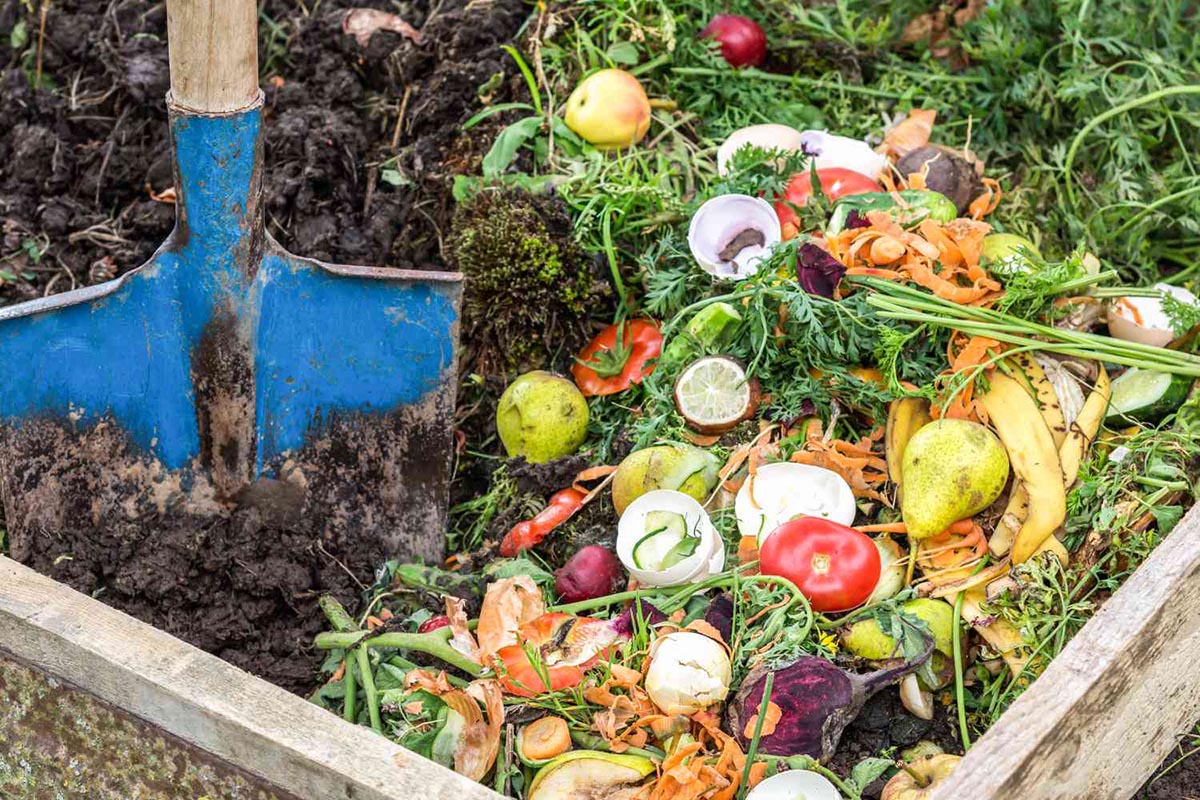
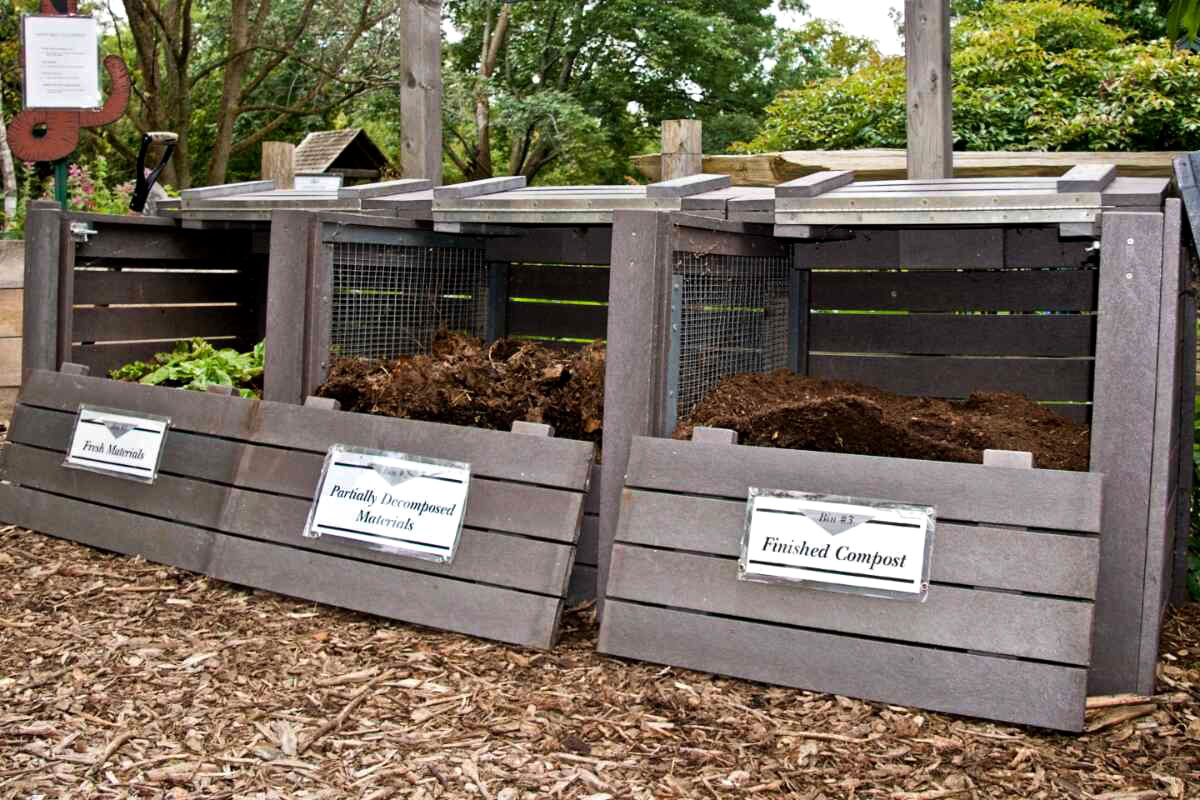
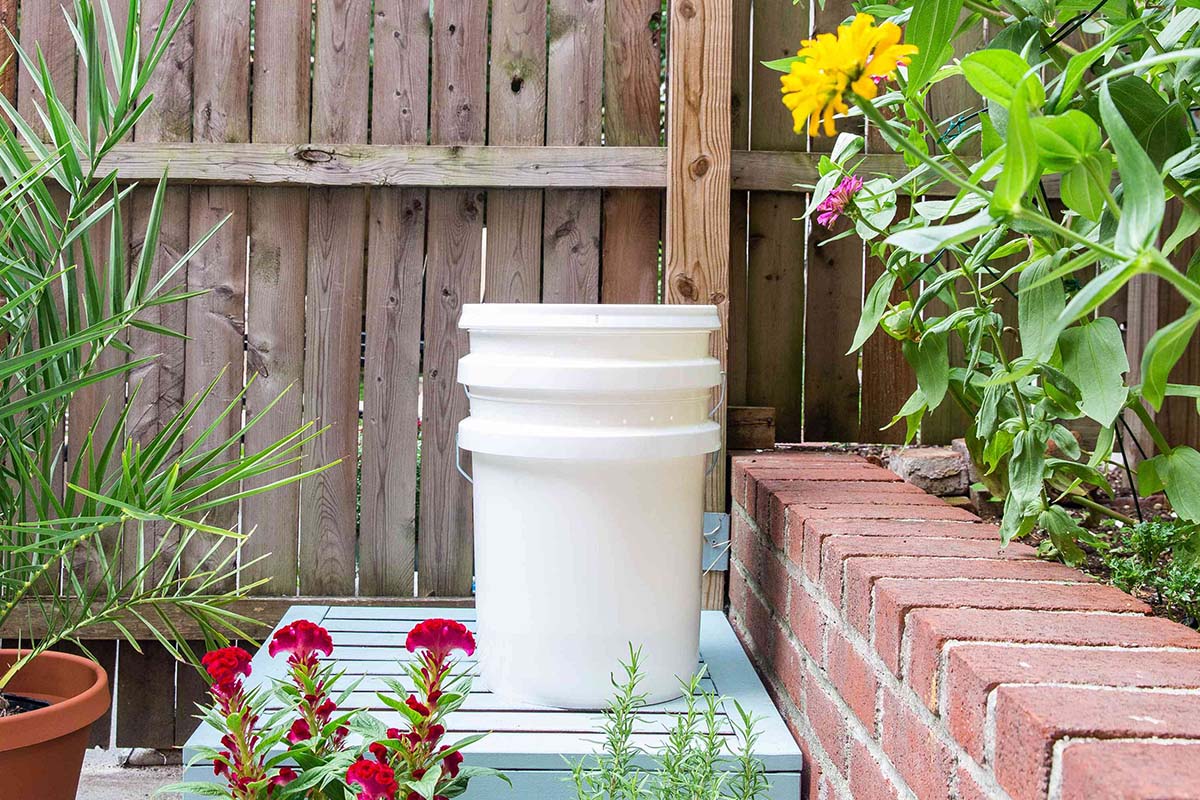
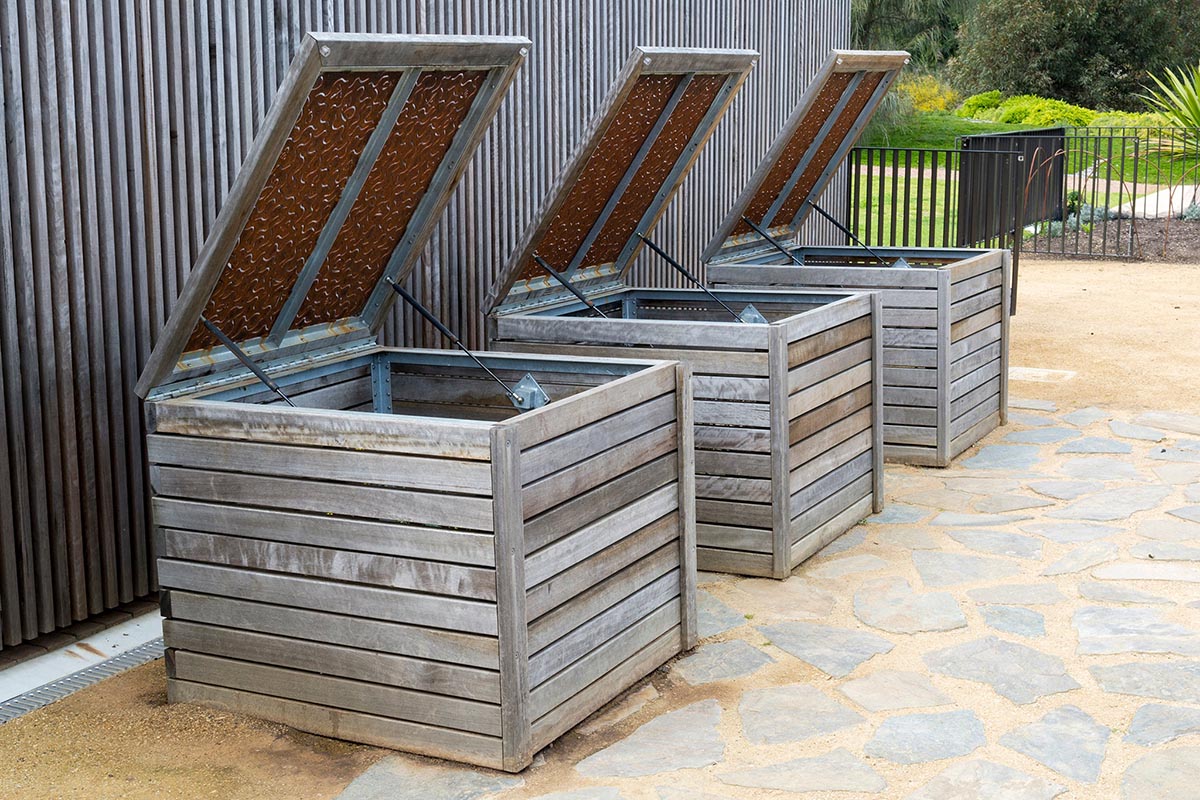
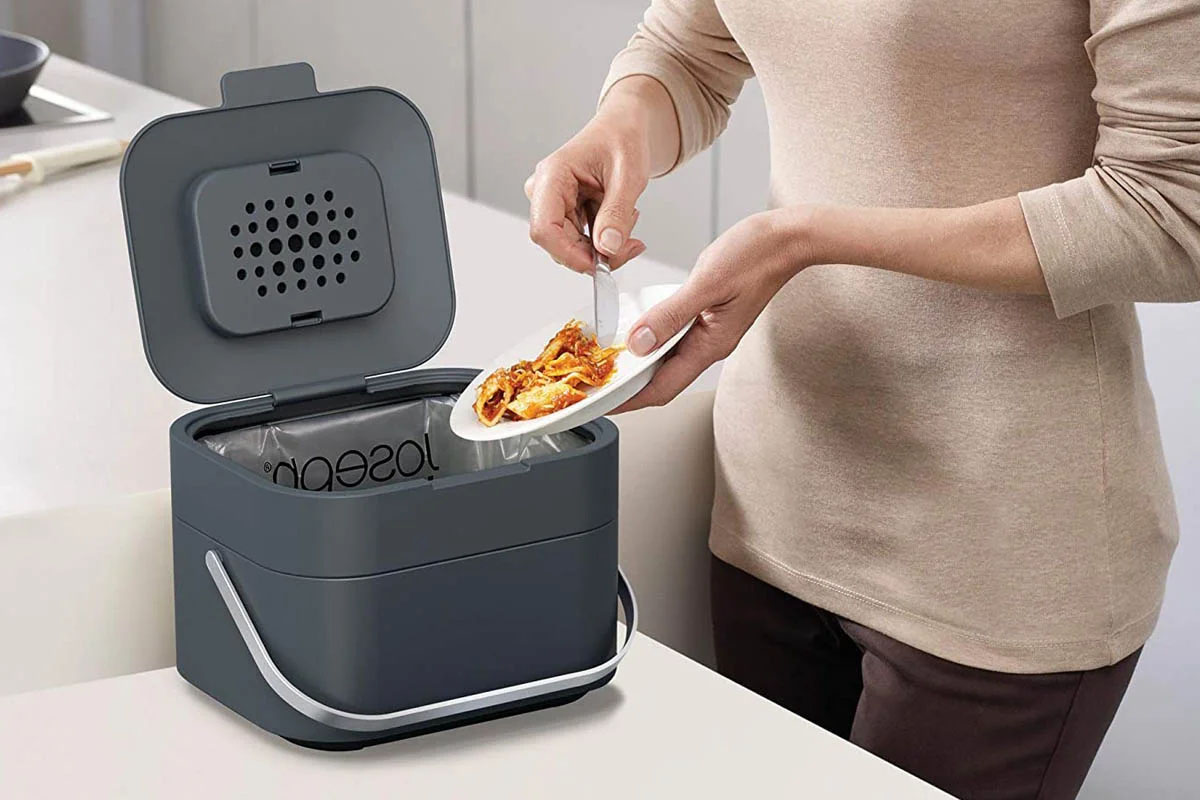
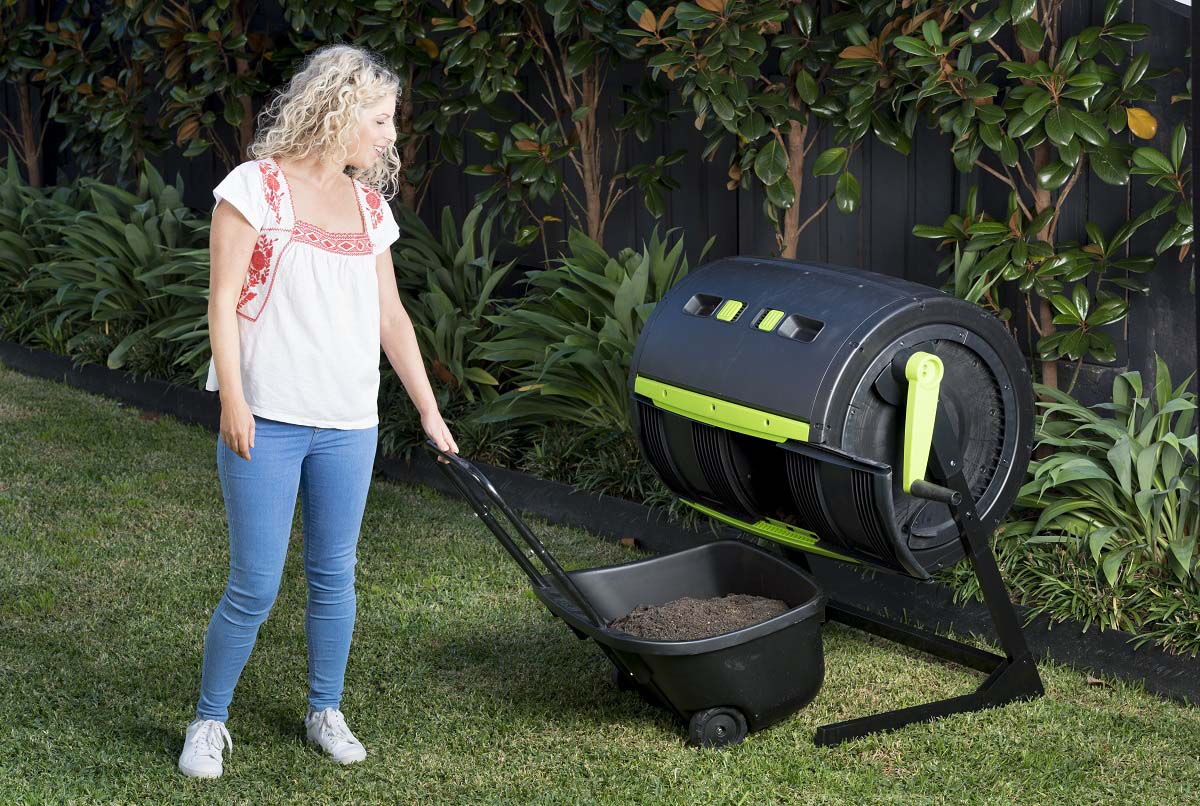
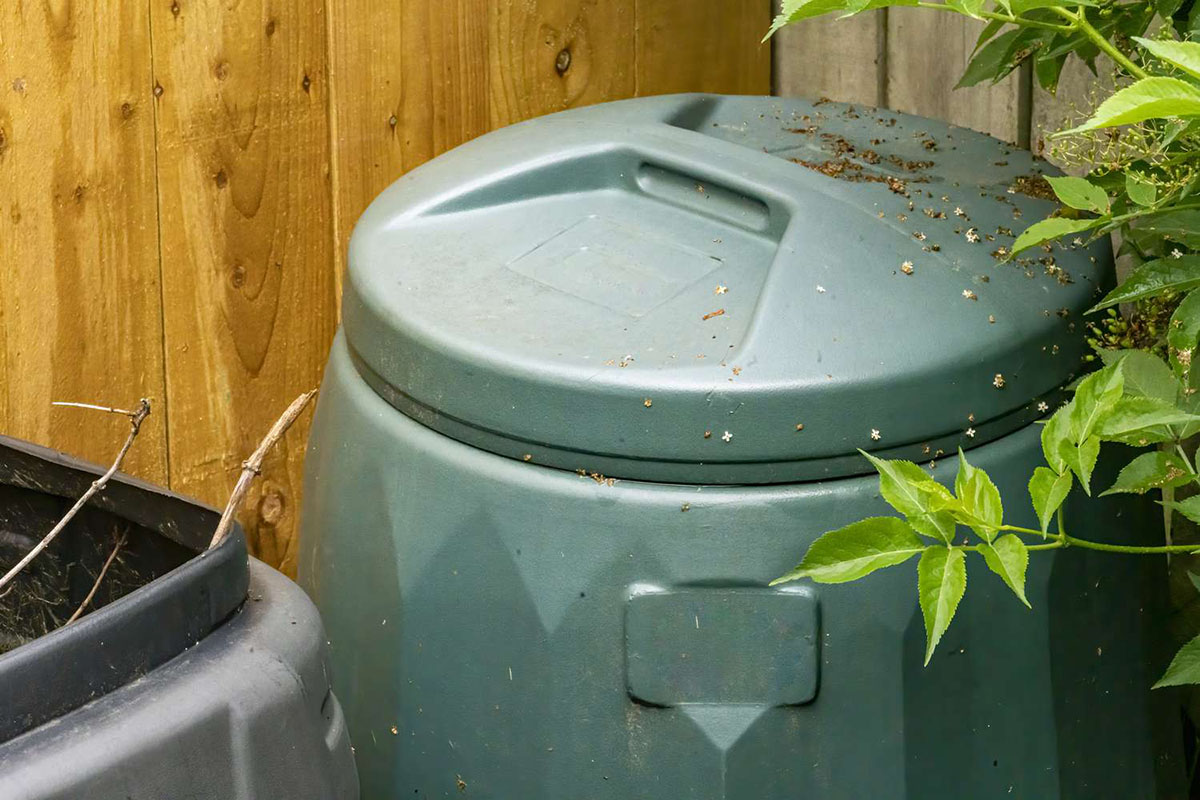
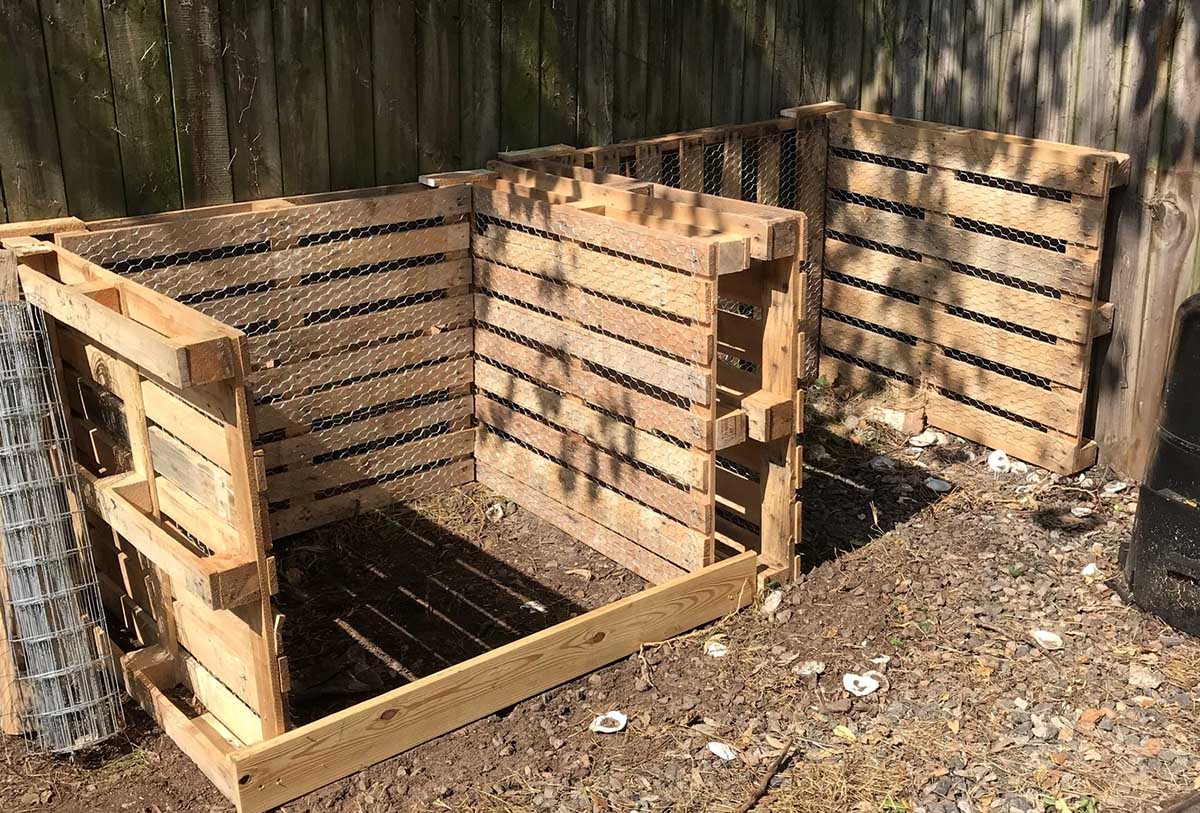
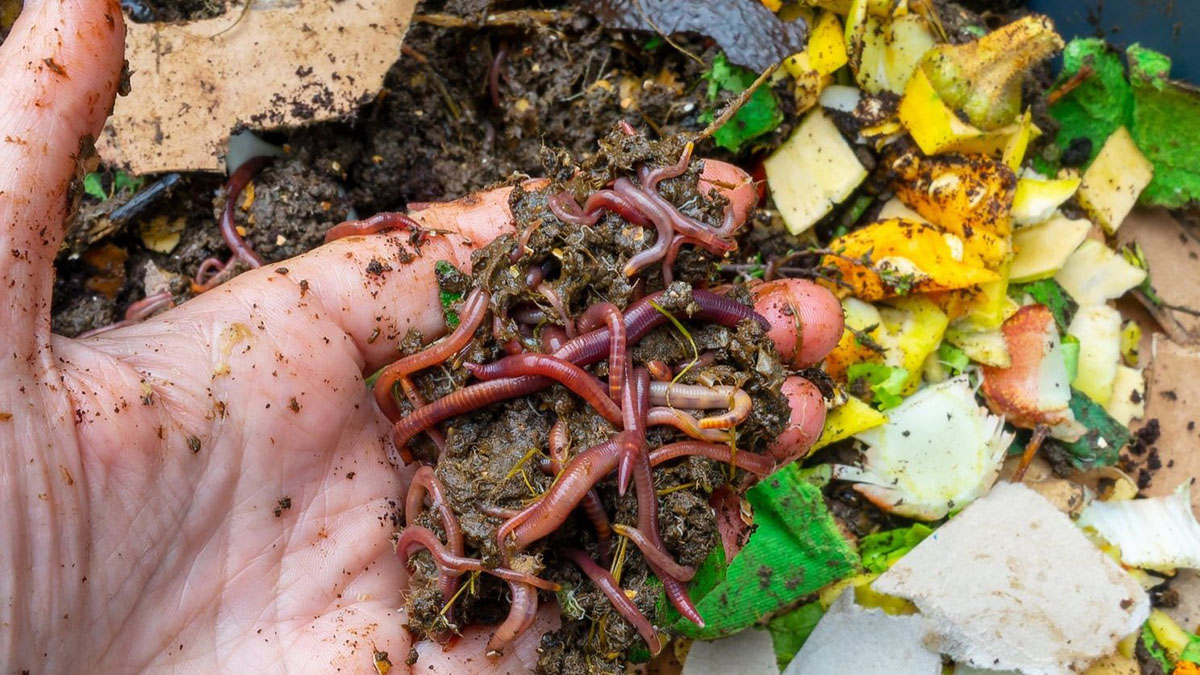
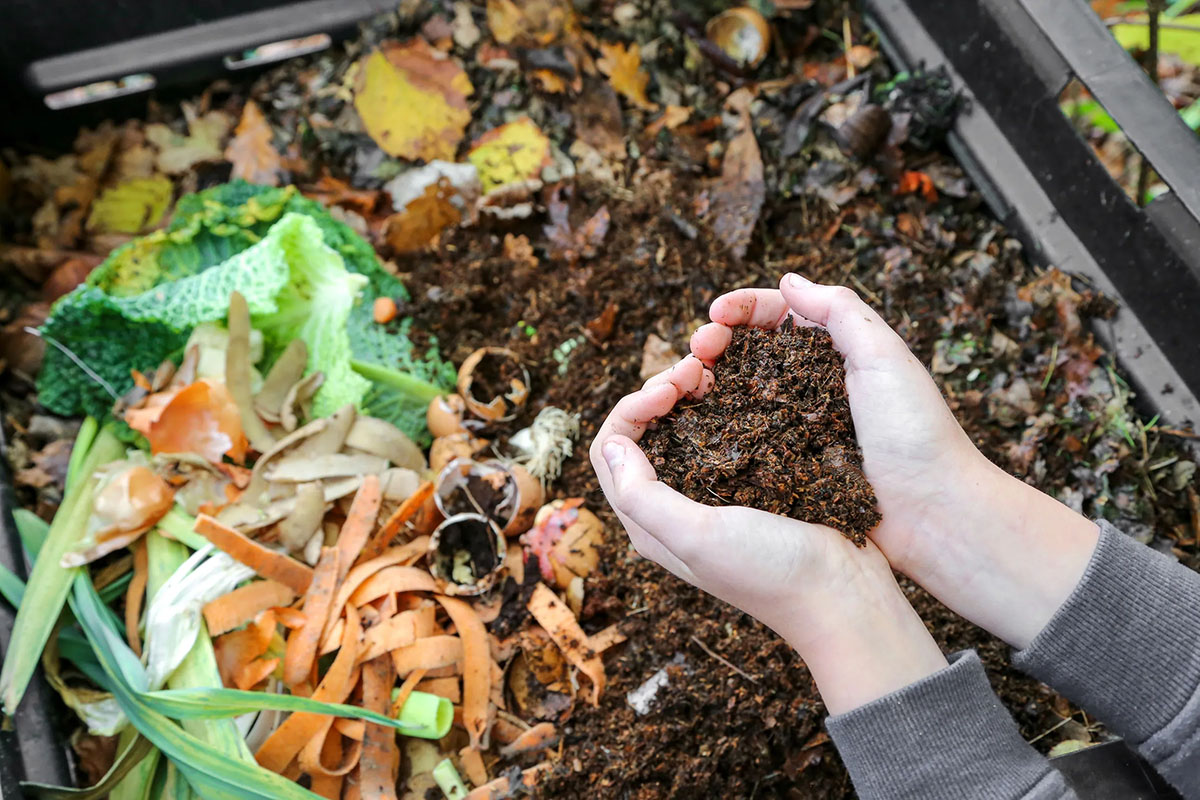
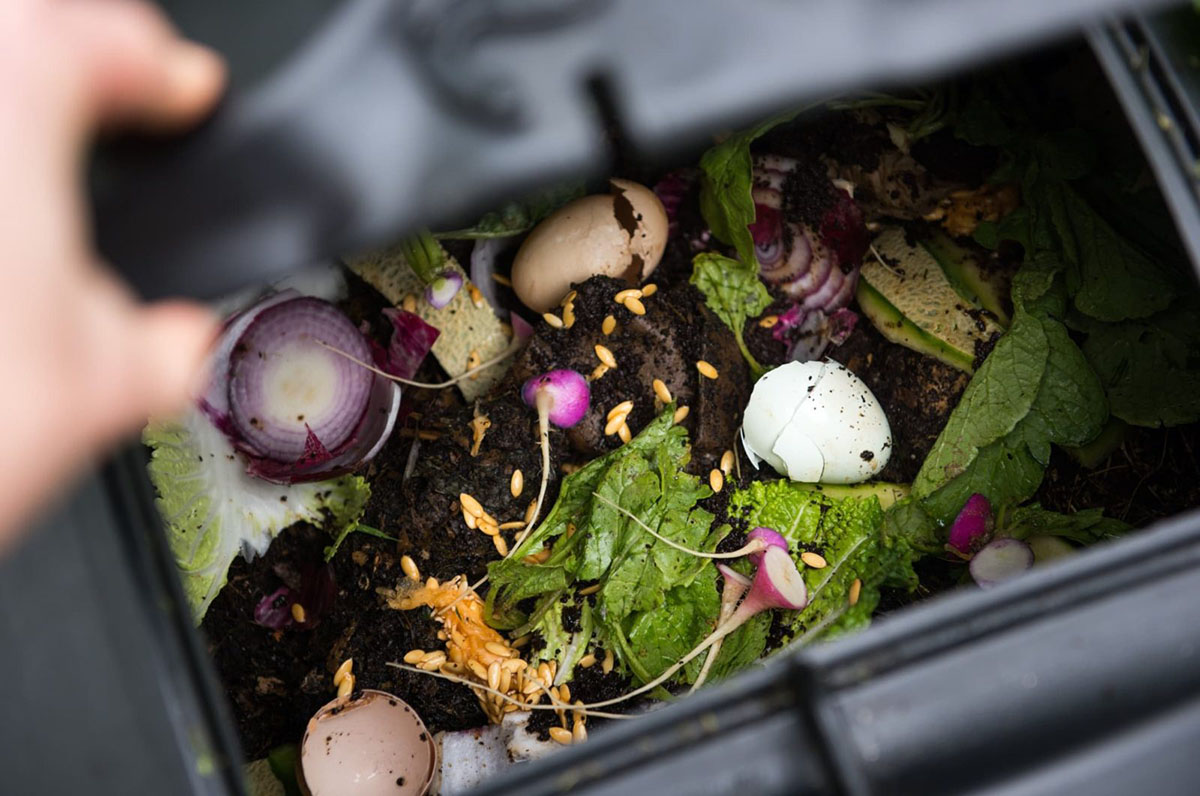
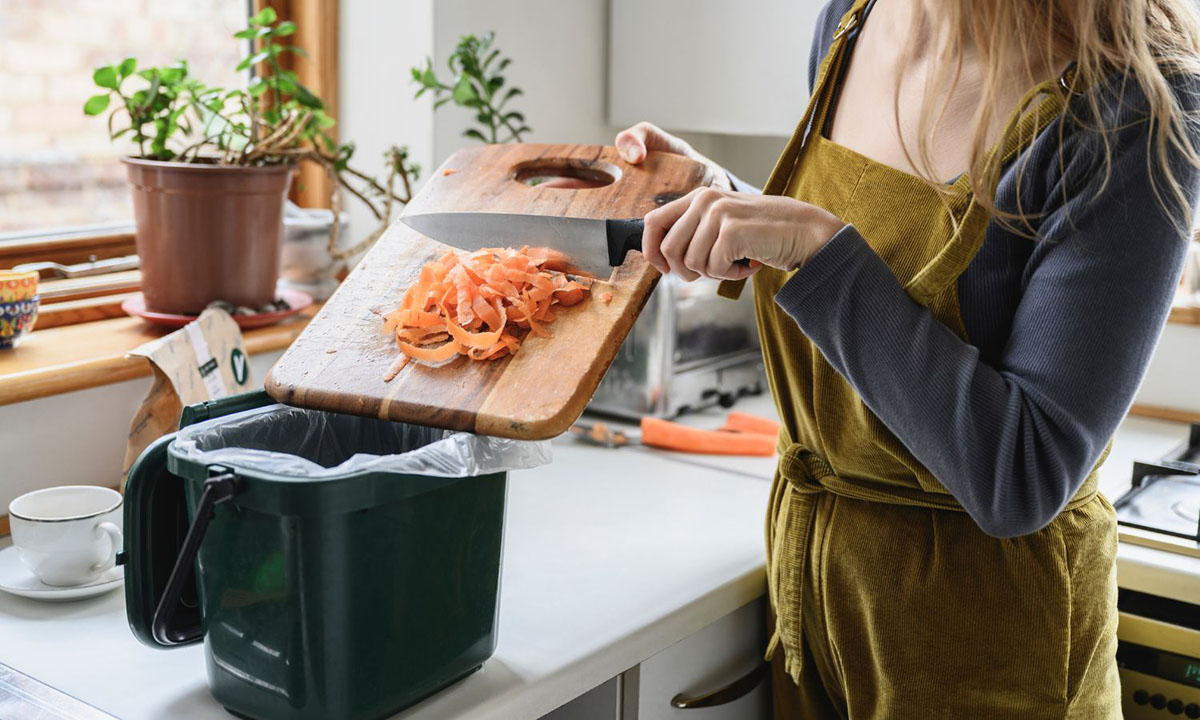

0 thoughts on “How To Start An Indoor Compost Bin”